History
EAGLE IS INCORPORATED
The question of incorporation was brought up at a town meeting on July 7, 1891. S.S. English was the Chairman and Richard Wilkinson, Secretary. J.Q. Adams, S. Benton, C.M. Sollars, Sam McClintic and Joseph Blanchard spoke in favor.
George Keefer took a census of 205. A petition was circulated asking county commissioners to incorporate Eagle. All property owners, except one, signed. The only reason he did not was because he didn’t want to, not because he was against the idea.
On August 11, 1891, Eagle was incorporated. The first village board included S.S English, Chairman; Richard Wilkinson, Secretary; W.J. McAllister, Clerk; G.M. Beach, Treasurer; and S. Benton, J.J. Hudson and William Sharp, board members.
There were four candidates for village marshal: C.M. Solars, E.L. Lewis, William Standley and Travis Crabtree. Crabtree was elected.
At the September 11, 1891 board meeting, a bill for $1.83 for blank books was presented. The first three ordinances were introduced to prohibit ball playing on Sunday and on 4th Street at anytime, to regulate drays in town, and to provide for the licensing and regulation of billiard parlors and ball alleys.
On September 18, 1891, $2.50 was spent for a town seal. The Chairman was instructed to buy a badge for the marshal, and salaries were voted on for some of the board members. Annual salaries were to be: Clerk, $12; Marshal, $25; Treasurer, $6.
A town hall, also called the opera house, was built in 1892 on the northeast corner of 4th and E.
On November 21, 1892, Walter Adams and others petitioned for a village jail, 10’ x 12’ by 7’ high to be built of 2” x 4” ‘s bolted together. Bids were let and Linc Petit’s bid for $130 was accepted on condition the building be completed in two weeks. The building actually cost $150 and contained two cells and a corridor with a stove. Tramps were not allowed to stay in it. This jail was located in block 18 half way between the new town hall and Linc Petit’s carpenter shop.
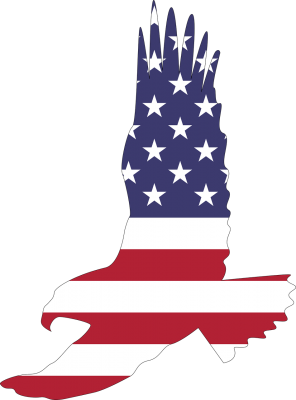

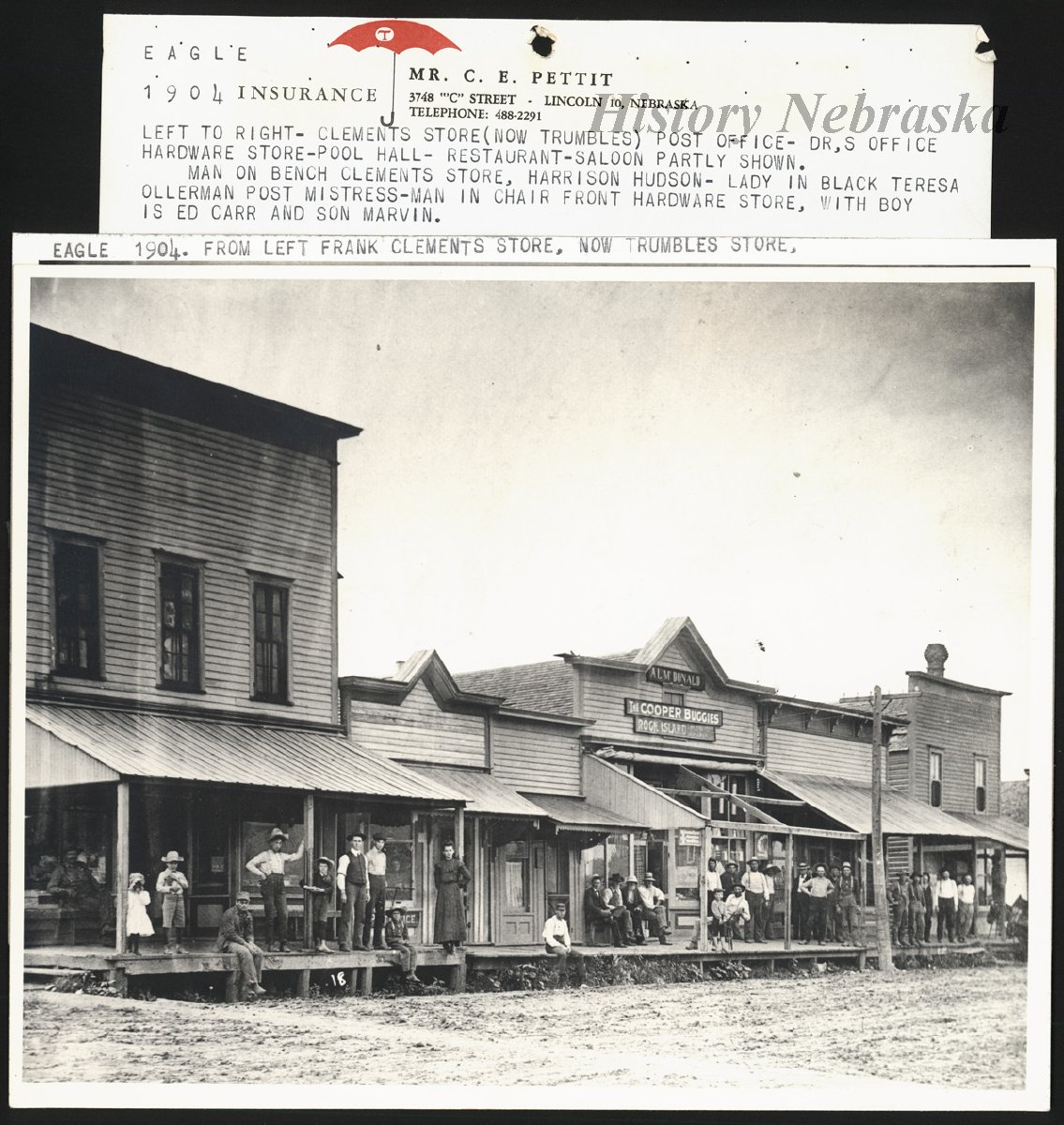 Downtown Eagle Businesses (c. 1904)
Downtown Eagle Businesses (c. 1904)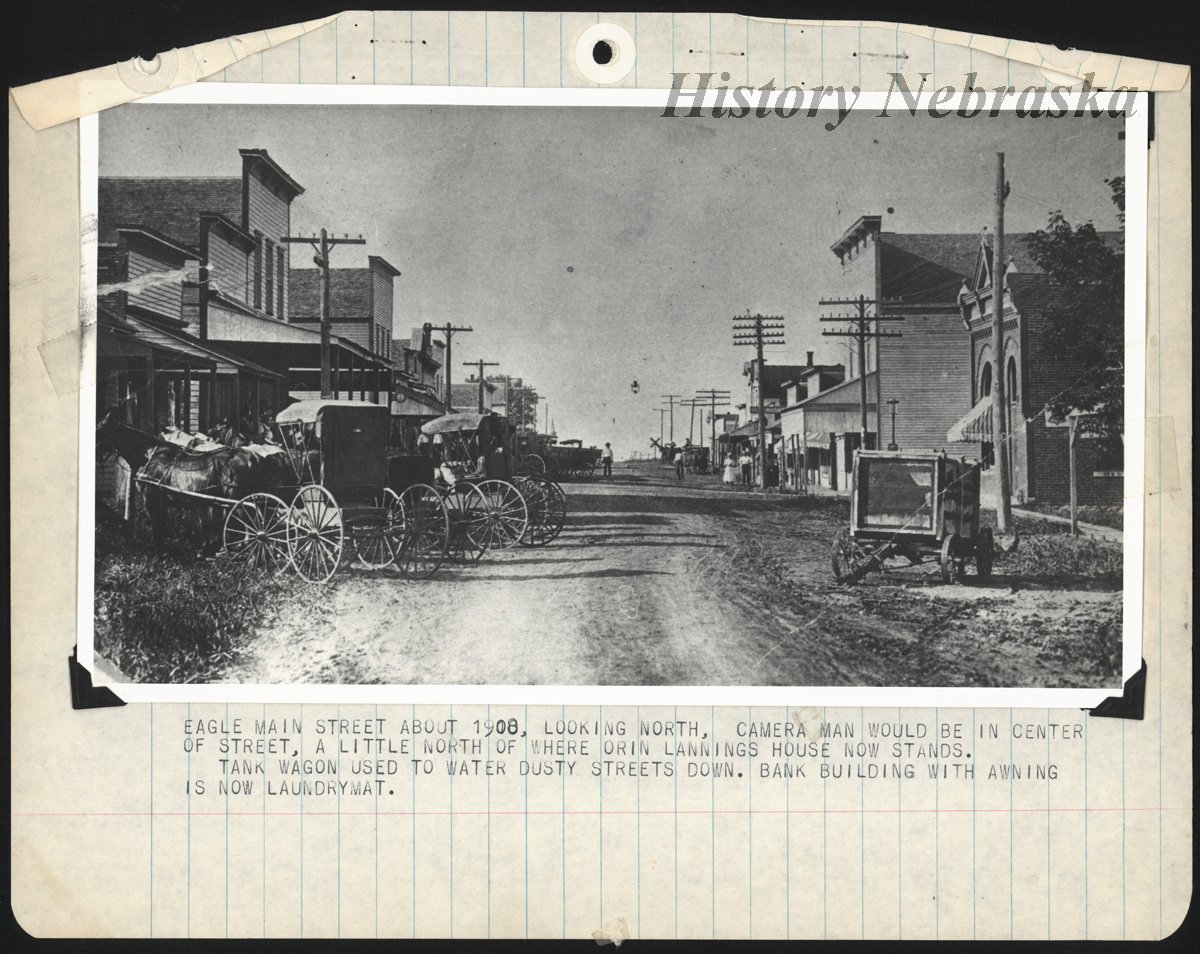 Eagle Main Street (c. 1908)
Eagle Main Street (c. 1908)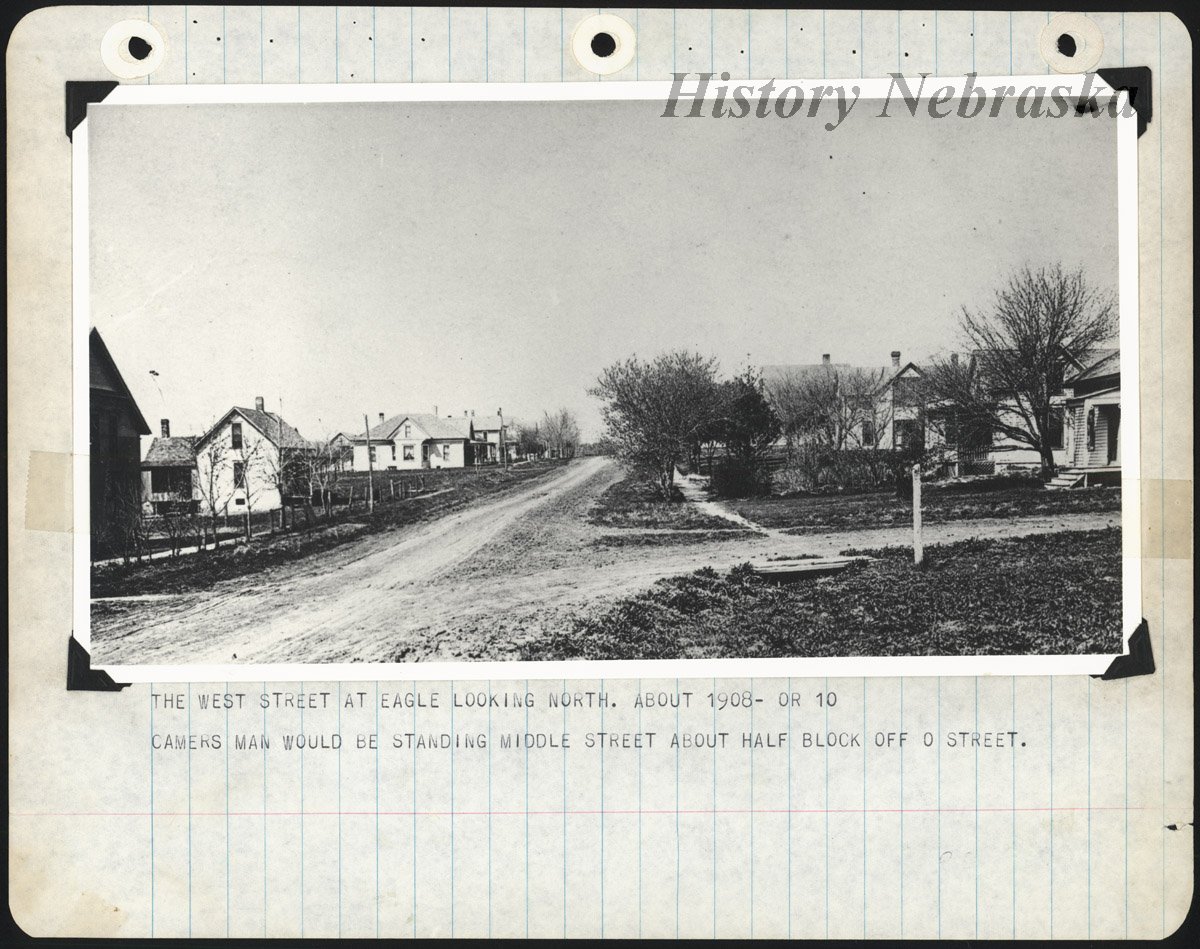 Street on West Side of Eagle (c. 1908 or 1910)
Street on West Side of Eagle (c. 1908 or 1910)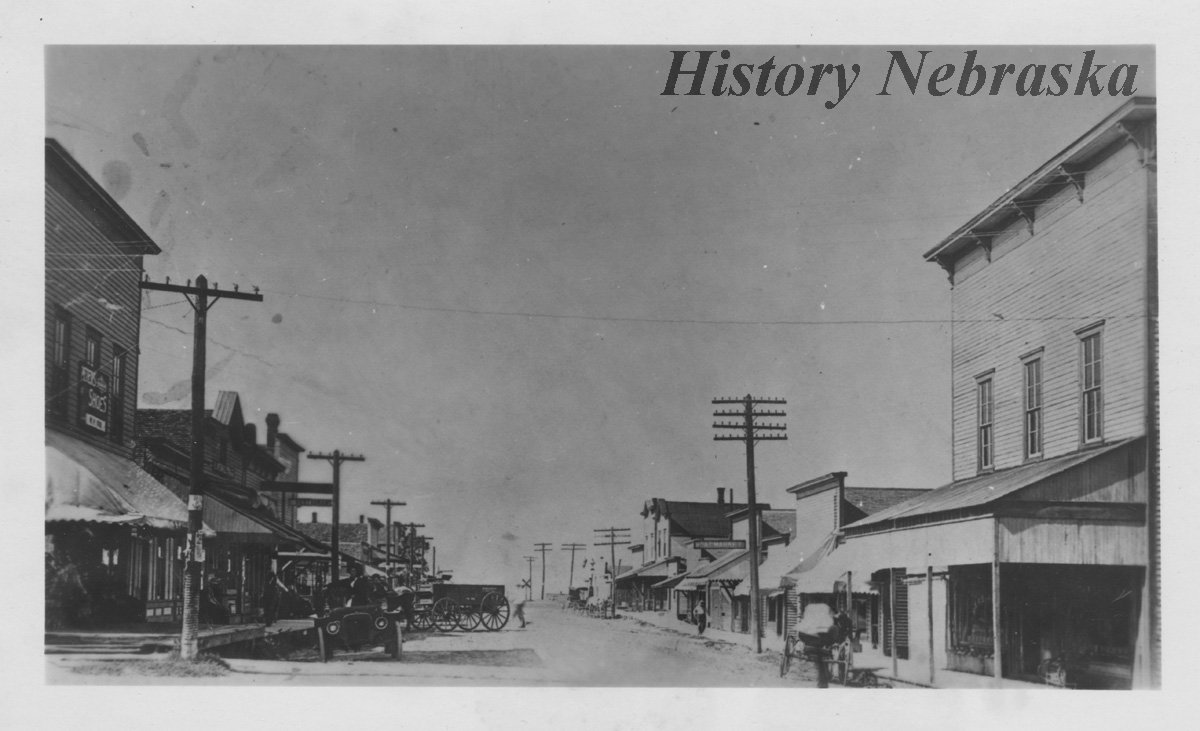 Eagle Street Scene (c. 1912)
Eagle Street Scene (c. 1912)